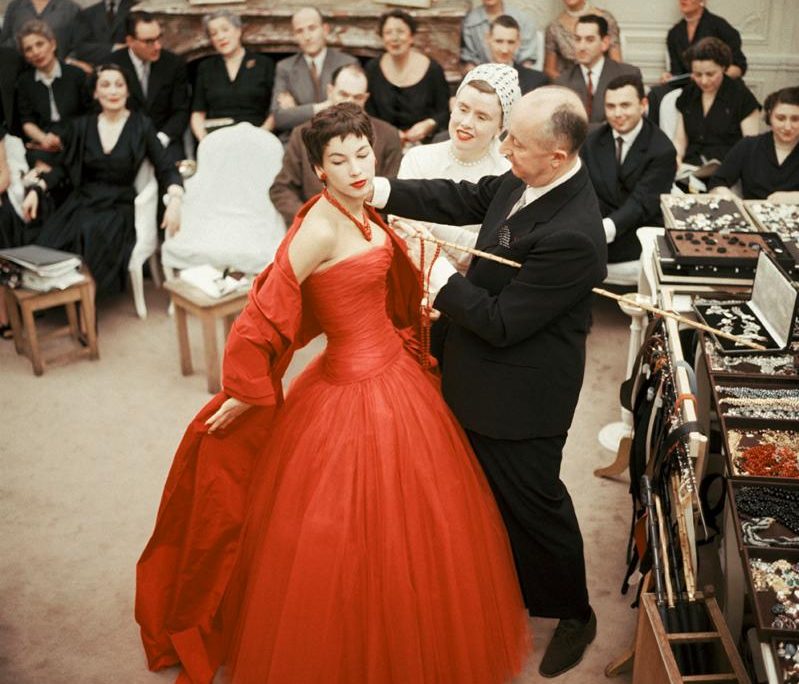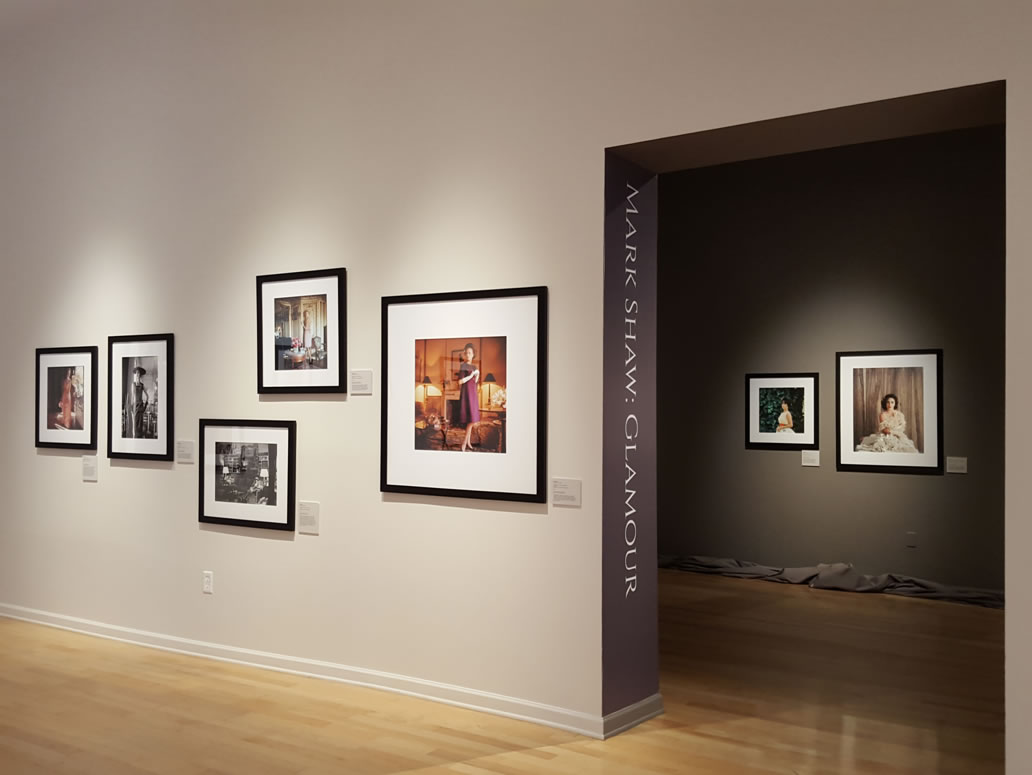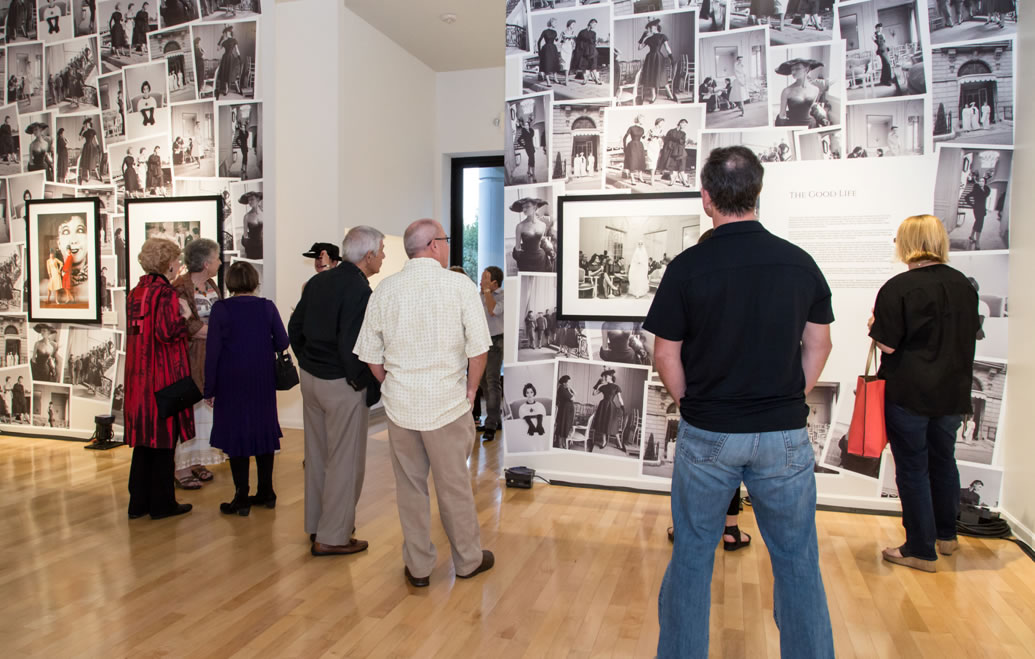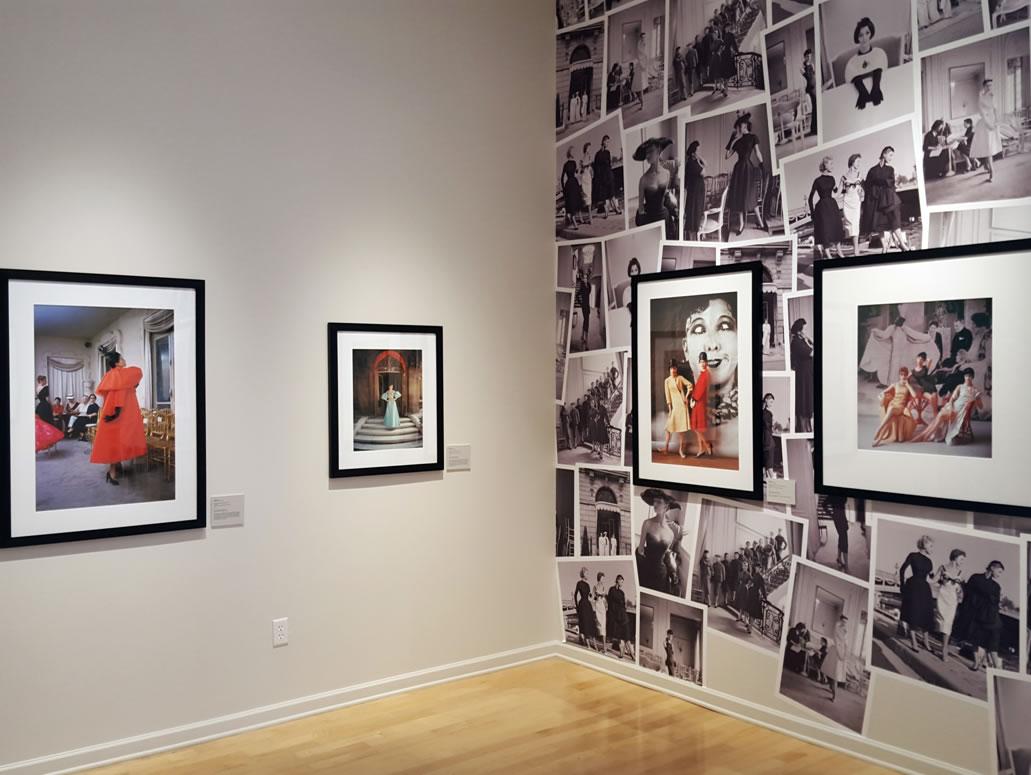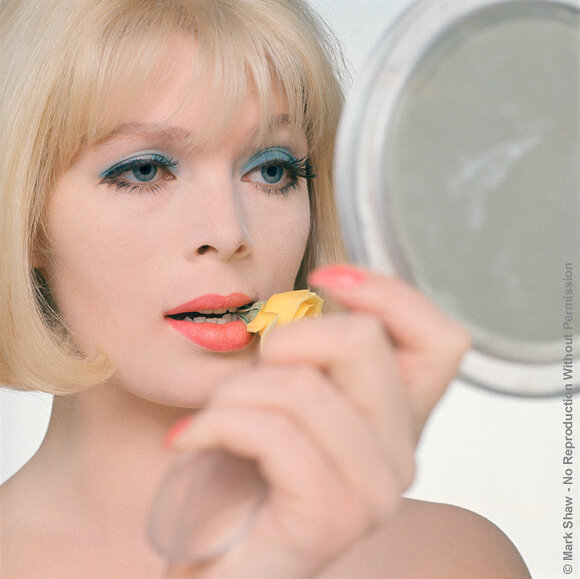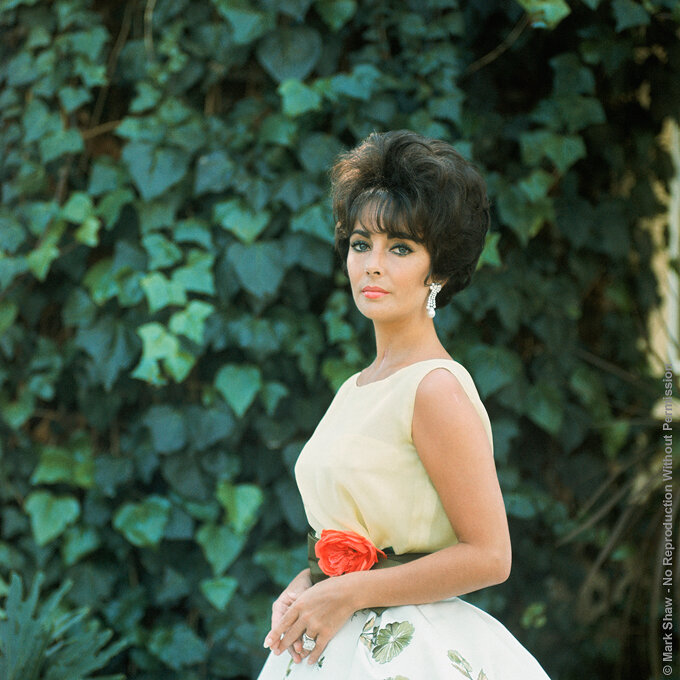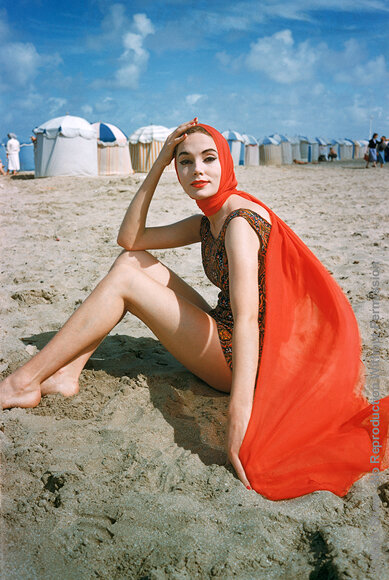This retrospective exhibition of Mark Shaw’s celebrity portraits and fashion photographs reveals a major photographic talent that fell from the public’s visual consciousness after his untimely death at age 47 in 1969. Shaw’s work was moved to storage and largely unseen for over 40 years. The Mark Shaw Photographic Archive, founded by Shaw’s son, David Shaw, and his wife, Juliet Cuming, have re-released Mark Shaw’s photographs to the world, resulting in new media attention including stories in Vogue (German, Italian); Vanity Fair; Women’s Wear Daily; LA Confidential Magazine; Wall Street Journal; Harper’s Bazaar (UK), Marie Claire (Taiwan), and Architectural Digest. Books by Mark Shaw include: The John F. Kennedys, Farrar Strauss, 1964, re-released by Rizzoli in 2000; The Catch And The Feast, 1969; The Kennedys, Reel Art Press, 2012. Dior, Glamour, Mark Shaw, by Natasha Fraser-Cavassoni with a foreword by Lee Radziwill, Rizzoli, 2013. The exhibition presented at the Palos Verdes Art Center was curated by PVAC Executive Director Joe Baker and included a wall text by Alan Rosenberg, https://pvartcenter.org/portfolio-item/mark-shaw-glamour/
Mark Shaw, The Good Life
By Alan Rosenberg
“The good life”--Mark Shaw lived it and photographed it. Shaw’s motto may as well have been a lyric from the 1963 hit song of that name: “to be free and explore the unknown.” Shaw’s spirit and work brought him to far-flung locales at the dawn of the jet age. New York and Paris were just stepping stones to Kyoto, Hong Kong, Hollywood, an Alpine meadow or a Mediterranean beach. Frequently Shaw piloted to his destination via his own small plane.
Upon arrival Shaw might photograph the immature Audrey Hepburn getting a shampoo or Dior’s imposing model Allah enrobed for the silent ceremony of the fashion show; John F. Kennedy in solitary contemplation or Coco Chanel holding forth in her salon; Shaw treated each subject with equal visual tenderness. One need not imagine the conversations; the dialogue is there in the photograph.
Mark Shaw brought realistic, color micronarratives to a photographic fashion world dominated by carefully composed and essentially abstract black-and-white designs. While Shaw’s contemporary Richard Avedon spoke through his photographs of the form and silhouette of a Dior gown or a Balenciaga opera cloak, Shaw documented the glamorous reality of the clothes the moment the history making shapes and colors unfurl at a fashion show. Thanks to his own innovative reportage and the support he received from adventurous editors at Life magazine Mark Shaw was one of the first photographers to shoot the haute couture fashion shows in color following the second world war and the first admitted to the sanctum of the cabine, where the models ptrepared for the défilé. The “New Look,” the “A-Line,” the latest word from the greatest minds in adornment, moments in history unfold before us just as the front-row editors and private clients saw it. After the runway rite, rather than taking the creations from the cloister of the couture cabine directly to the sanctuary of the photographic studio, Mark Shaw set his models in realistic scenarios: a chatelaine surveys her demesne; a debutante stands for her first fitting, a beauty wanders thoughtfully through a pollarded park. A story is suggested and the photographic lines between portraiture, reportage and fashion are blurred in sharp focus.
Even in his iconic advertising campaign for Vanity Fair lingerie, in which the protagonists are solely a model her nightgown and a seamless backdrop, a narrative is revealed while the model’s eyes are concealed. The prevailing pose of the model hiding her eyes speaks a sexual story-line, in the form of a game of Peek-a-Boo, or perhaps she hides her eyes in shame of a sexual transgression or conversely, in a state of innocence, she declines the male gaze.
As the song goes “the good life let's you hide
all the sadness you feel.” Beyond the glamour and good times was an artist who embodied all the complexity of his times. Mark Shaw’s authentic intimacy with John F. and Jacqueline Kennedy is confirmed in his touching photographs of the president and his family. The national sadness following JFK’s assassination is permanently inscribed in Shaw’s portraits—the nation’s tears transformed into the magical photographic fluid that fixed the image onto our collective mourning imagination. Chronic amphetamine use caused Mark Shaw’s death via overdose in 1969 at the age of 47. It is useless and impossible to speculate on the factors that may have contributed to his drug use but by 1969 America was living in the shadow of the good life. Mark Shaw was a sign of his times.
